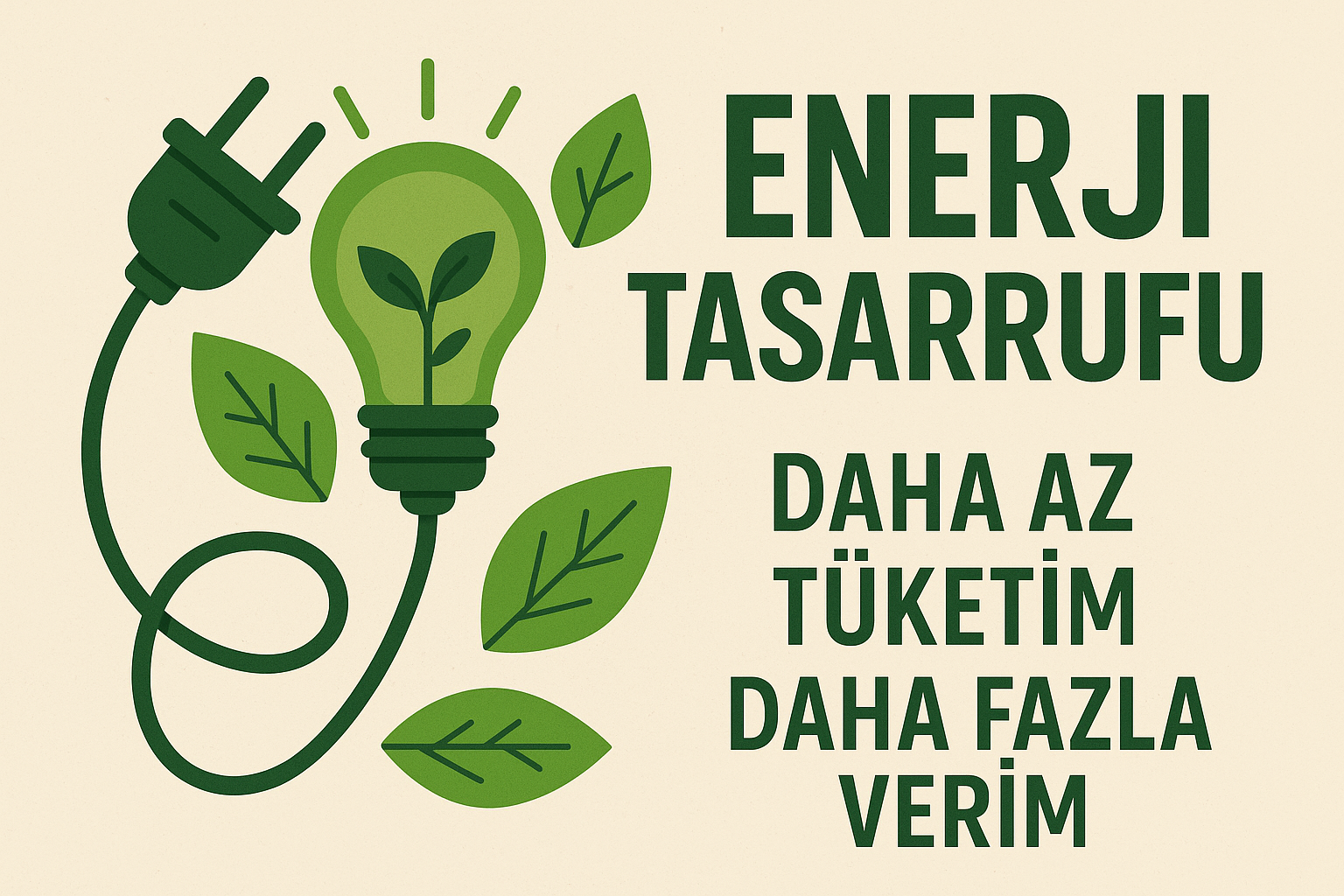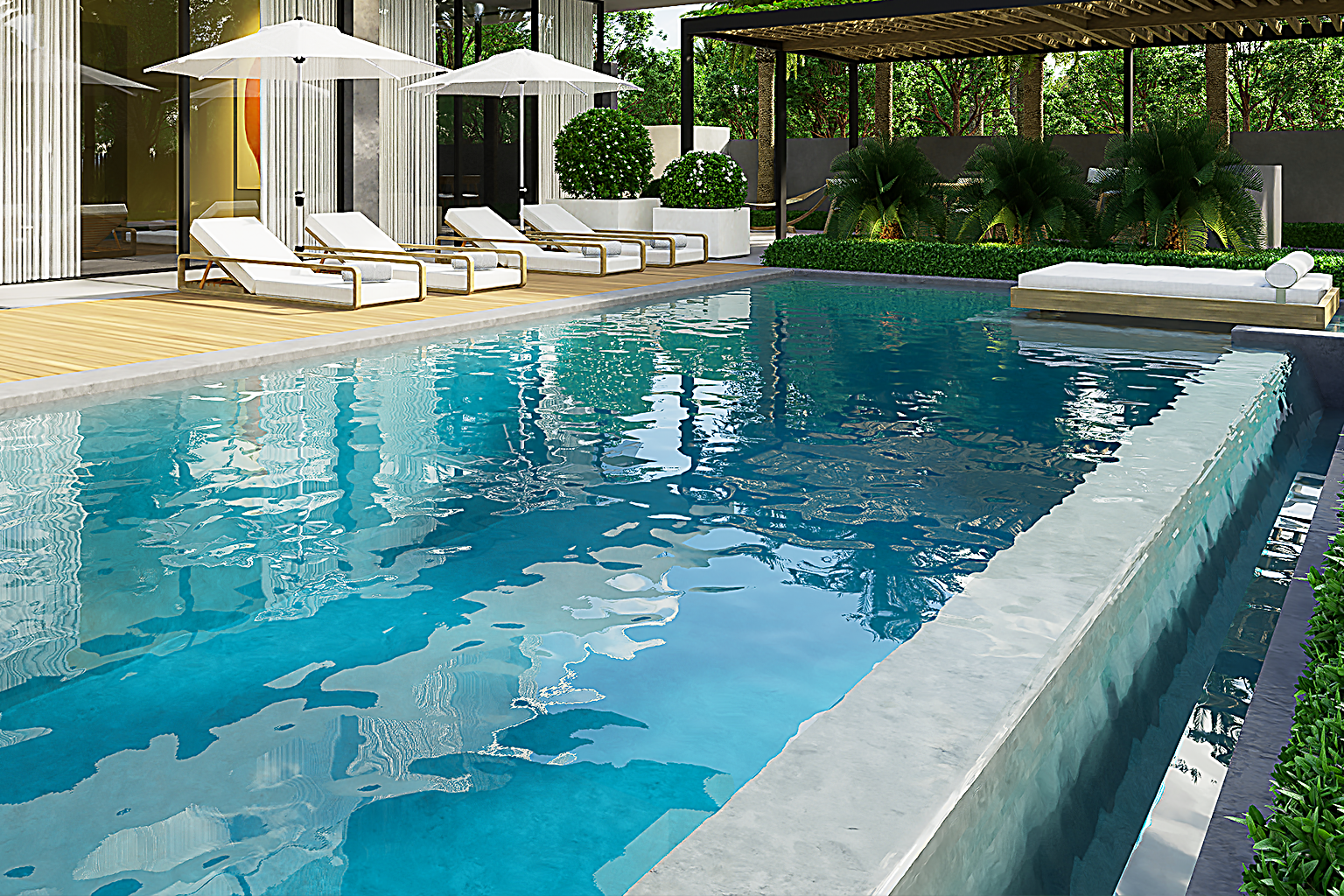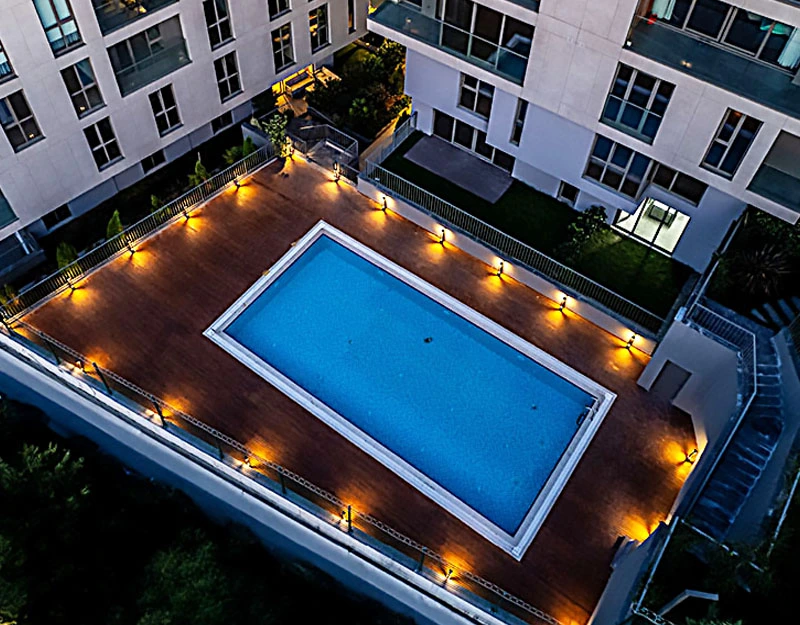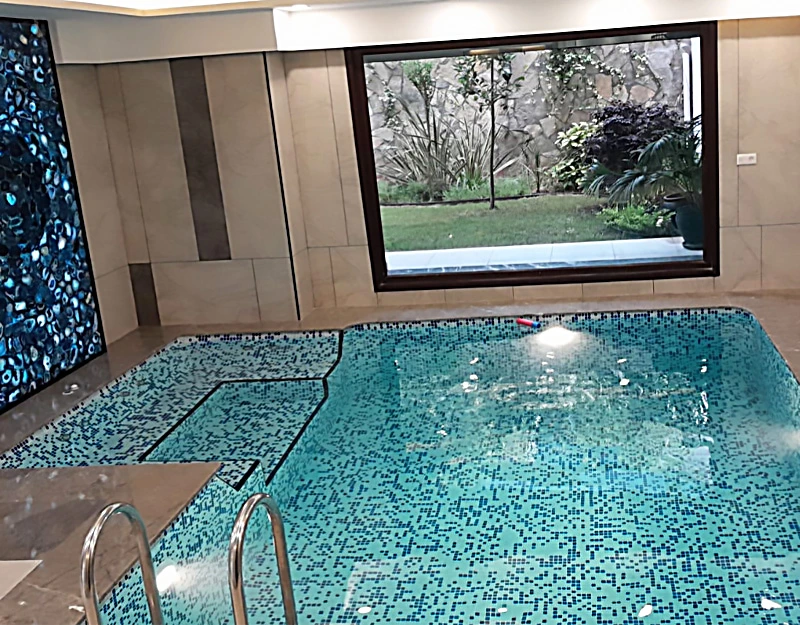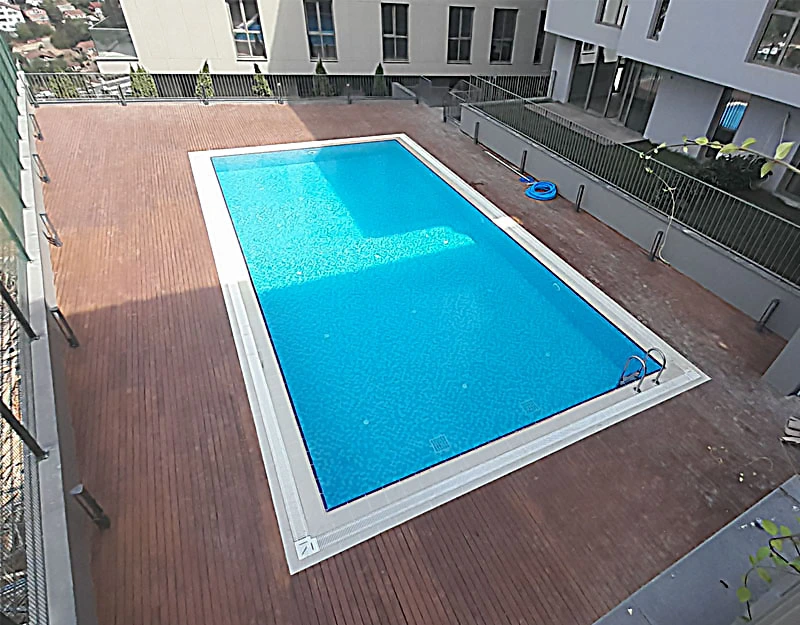Pool Automation for Energy and Time Saving
Introduction: Digital Pool Management
In today’s rapidly developing world, not only homes and businesses but also swimming pools can be managed through automation systems. Pool automation offers numerous advantages, from water chemistry balance and energy efficiency to safety and easy maintenance. Tasks once done manually are now tracked by smart systems.
Especially with solutions such as automatic chlorination and pH control systems, both user safety increases and operating costs decrease. In this article, we will examine in detail the energy and time savings provided by pool automation and why it has become indispensable for modern architecture and management.


